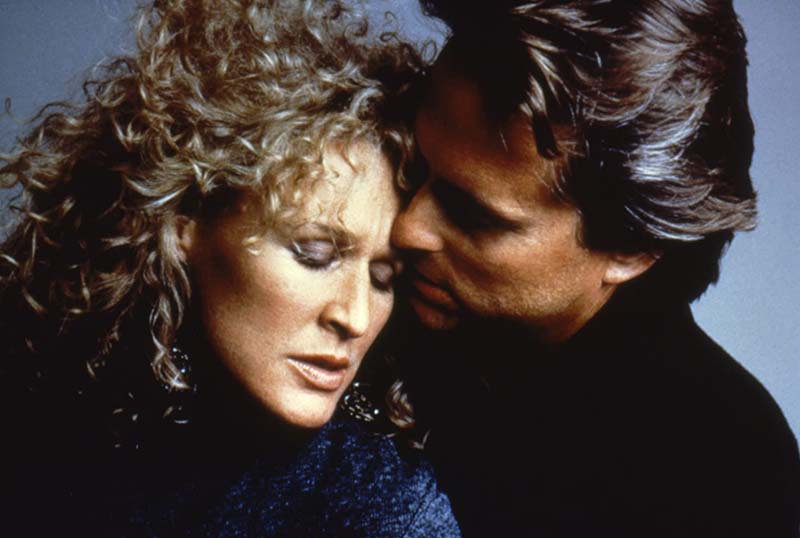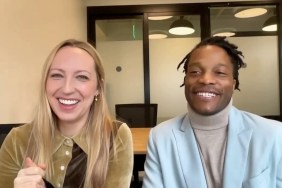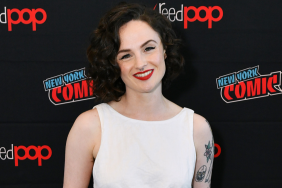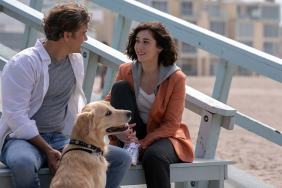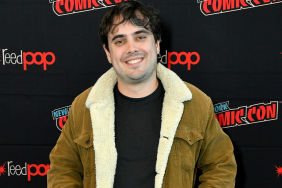It’s been just over 30 years since the psychological thriller Fatal Attraction exploded onto the scene, grossing over $320 million at the box office and garnering six Oscar nominations including Best Picture and Best Actress for star Glenn Close (Hillbilly Elegy). ComingSoon.net got the opportunity to chat with director Adrian Lyne and reflect on the success and legacy of the still controversial thriller. Click here to purchase Paramount’s new Fatal Attraction Blu-ray out today!
Warning: Some Spoilers For Fatal Attraction Lie Ahead
RELATED: Exclusive: Courtney B. Vance on Hunt for Red October 30th Anniversary
Written by James Dearden and based on his short film Diversion, Fatal Attraction centers on New York attorney and family man Dan Gallagher (Douglas) who meets magazine editor Alex Forrest (Close) and while his wife and daughter are out of town for the weekend decides to have an affair with Alex. While initially understood by both as simply a fling, Alex becomes dangerously attached and refuses to allow it to end, threatening to upend his idyllic life.
Alongside Close, the cast for the film features Michael Douglas (Ant-Man and the Wasp), Anne Archer (Patriot Games), Stuart Pankin (Arachnophobia), Ellen Foley (Married to the Mob), Fred Gwynne (My Cousin Vinny), Meg Mundy (Ordinary People) and Lois Smith (The Americans). Though garnering some controversy upon its release in 1987, the film received rave reviews from critics and audiences alike for its tense story, direction and performances, earning six Oscar nominations for Best Picture, Best Director, Best Actress, Best Adapted Screenplay, Best Supporting Actress and Best Film Editing.
The film, set in Manhattan, was actually filmed in New York, where Lyne says he “loves to shoot” and that he adores “the challenge” that comes with shooting on film in the crowded state, having also done so on the 1990 psychological horror film Jacob’s Ladder.
“I live here as well, so that always helps, it helps going home in the evening, rather than to a hotel,” Lyne described. “But I love the town, and one thing I’ve always done is with cars and stuff, with traffic, I’ve always sort of kept color out of it. So I’ve always kind of shot color, but shot it monochromatically. I try to keep color out, because I think it looks better. So if you look at my films, any cars, they’ve always been sort of black or grey or we see sometimes white or beige or whatever, but no color in them, which I think helps.”
RELATED: CS Interview: Michael Shannon Reflects on Bad Boys II
Prior to Lyne signing on to helm the project, it floated around Hollywood for a while in search of a director, with horror icon John Carpenter (The Thing, Halloween) even being offered the job at one point, and the 79-year-old director feels that given his penchant for “the small picture” and keeping it intimate between the audiences and the characters, it helped him land the role.
“I always use it as an example of a scene in Fatal Attraction that was kind of expositional and a bit boring and it was a scene about Anne trying to persuade Michael to go up and see this house that she had found upstate,” Lyne explained. “He didn’t want to go, and it was a really boring scene, but I had another level, another layer of their daughter, Ellen, playing cards badly. She was trying to get her dad to take her card and she was trying to teach him a card trick that she couldn’t do. It was a disaster, but it was charming because she was a kid and watching her screw up was fun. So doing this, I had the dialogue about the stupid house and it worked and made the scene interesting because she was such fun. So I always try and do that with any scene, I always try and make it more just about the script, so you get a sense that the scene didn’t start at the clapper board, that it has a kind of history to it.”
One of the elements not touched upon in the film is the possibility of whether Dan had other affairs in the past or if his dalliance with Alex simply came from a moment of weakness and from his discussions of the character with Douglas, the two came to think that “he may have,” but that his intent was to focus on other elements of the situation.
“I think for me what was important was the kind of arbitrary nature of infidelity, how you don’t have to have a miserable time with your wife or she doesn’t have to be plain and not very good-looking for him to have some sort of a dalliance, for him to screw around like he did,” Lyne said. So I thought that was interesting. But as I say, him doing it was totally arbitrary. But for the longest time, I have to say, I kind of sympathized with the Glenn Close’s character just because you know, he slept with her twice and then just wanted to drop her like nothing had happened. And I thought that was kind of unfair. As I say, I sympathize with her until obviously at the end she becomes psychotic and steals the kid and then it’s tough to sympathize with her.”

Prior to its release, the film became known for having a three-week reshoot for a new ending after results from test screenings came back suggesting Paramount find a different way to end the story, which originally saw Alex slitting her throat and attempting to frame Dan for the murder, only for Dan’s wife Beth to find a tape showing Alex threatening to kill herself, clearing him of suspicion. Though the new ending was originally protested by Close and Lyne, with the latter recalling he and his lead “were a bit depressed for a long while” over it, he does still agree that the change “was a good idea” and helped carry it to its enormous success.
“I like the idea of the whole Madame Butterfly idea and that it was faithful to that,” Lyne recalled. “But the problem was, we previewed the movie and the last quarter of an hour of the film felt flat. It just didn’t work like it should’ve done. I’m sure there’s a much better ending than we found that maybe we could’ve shot, but it wasn’t like anyone was going, ‘Oh, we’ve got to squeeze some more money out of it, so let’s have a sensational ending,’ it was just the fact that it fell flat dramatically at the end. I’ve put the other ending in the sort of extras on the DVD, and I thought it was a little convenient that Anne found that she had threatened suicide when she found that tape within his file effects. So in the end, I think the ending was better, really, and it was fun, you know? It was fun to do. The whole idea of her being upstairs and appearing in the bathroom was fun to do. It was fun how long one could keep Michael downstairs with the water dripping through the ceiling and him making tea and the dog, that whole thing — the suspense factor was a lot of fun to shoot.”
